Thank you! I’m not sure if I posed the question properly regarding objective values with ultrasound in the vegetative endocarditis post. Many cardiac drugs have a dosage range and alternative dosing frequencies. Some drugs have different modes of action with similar effect (ACE blockers versus inhibitors). Can you judge the efficacy of cardiac therapies with any objective ultrasound measures for common conditions or is subjective assessment based on the “brick” and clinical response for the most part sufficient? For example, if you were treating DCM with Pimobendin what ultrasound indices could you use to evaluate response to therapy; change in FS%,ESV, EDV, E dec. time? What degree of change would be significant enough to consider your therapy had the desired effect and a dosage or frequency change is not required? I read an article on Pimobendin in stage B2 MVD hearts that showed significant changes in EDV, ESV and EF% measures (for standard dose and high dose Pimobendin). Would you get similar changes noted in a heart with systolic dysfunction that does not handle Ca efficiently? What echogenic lucitropic effects could you expect from diltiazem in cats to consider it a successful intervention? Does a combination ACE inhibitor/blocker antagonize aldosterone sufficiently or do you need to add spironolactone? Is there any ultrasound related measures that would make you consider adding spironolactone or would it be based on clinical response or you should add it to the regimen anyway?
There are many echocardiographic values we use for prognosticators of negative consequences/outcomes. Many echo measures are indirect measures of cardiac function and I am not sure what would change with specific therapies especially in sick hearts with various medications on board. Are there positive indices that are as reliable to pay attention to or strive for with given therapies that we discussed in the modules? Are there articles relating to ultrasound response to therapies?
Thanks for reading

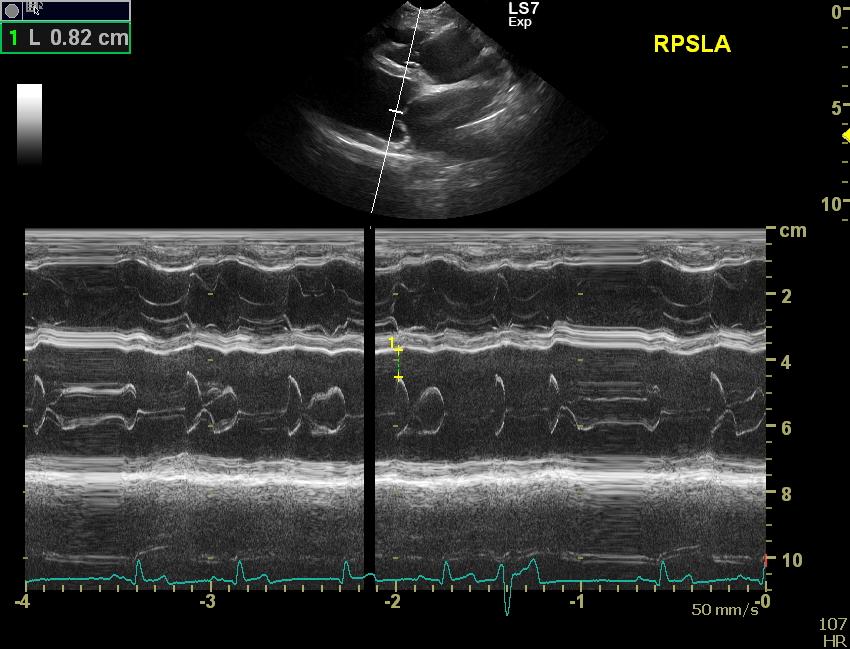
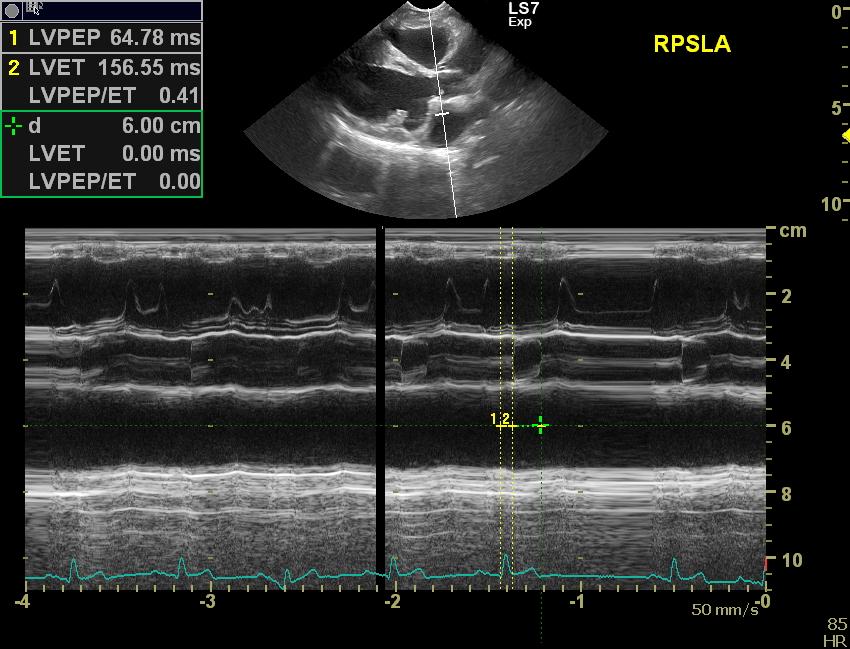


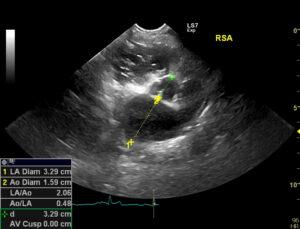
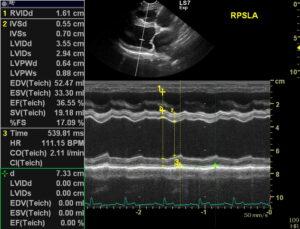
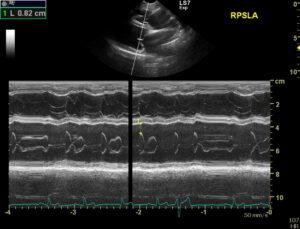
Comments
Hi Dan!
😉 This would be a good topic for a whole congress or a book.
I guess in this regard it is always worth remembering that even if a risk factor (e.g. sonographic measurement) is identified, modification of this risk factor does not mean that the outcome changes. Looking at the Delay-Study: Spironolactone + ACEI in DMVD dogs reduced E-waves and LA-dimensions but there was no significant difference between groups with respect to clinical outcome….